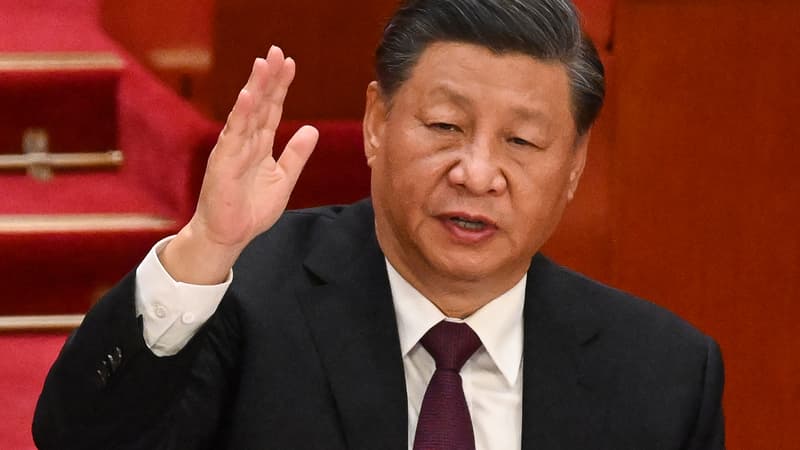Will the Chinese deflation last? Yesterday, the National Statistics Bureau (SNB) announced that China’s consumer price index fell 0.3% year-on-year in July, a drop synonymous with the country’s entry into deflation for the first time in more than two years. “We have a momentary drop in prices,” Jean-François Di Meglio insisted on the BFM Business microphone this morning. It is possible that this is the beginning of deflation, which is not the opposite of inflation. The president of the Asia Center recalled in particular that the way out of inflation is through a rise in rates, where “it is very difficult to stop the deflation that comes from a demographic phenomenon, confidence and economic slowdown.”
A problem that prompts Jean-François Di Meglio to draw a parallel between the Chinese situation and the “lost decade” that Japan went through in the 1990s. “The Japanese government was not the last rain -he stresses- took the measures and resolved his financial trouble by batting down the hatches and preventing outsiders from watching what was going on. He gave the banking system reassurances to keep it from collapsing and the economy ultimately held up.”
A multifactorial slowdown
The president of the Asia Center perceives several elements that may explain this slowdown, which he believes is foreseeable, in the Chinese economy. First, “a paradoxical exit from the Covid that is occurring out of time with the world economy” that “continues to be the engine of Chinese exports.” He also mentions too low domestic consumption while the Chinese authorities have wanted to make it the spearhead of the country’s growth for years to offset investments. Problem: Trust has been shaken in recent years.
Jean-François Di Megli also evokes the real estate crisis that has lasted for more than two years while the sector captures the bulk of savings in China: “We have a fall in real estate prices that is the consolation of the Chinese saver. However, the president of the Asia Center highlights the government’s actions to reduce the scope of this stone crisis. “We are in a policy of relatively lax rates that allow borrowing and assuming the cost of borrowing,” he observes.
Source: BFM TV


